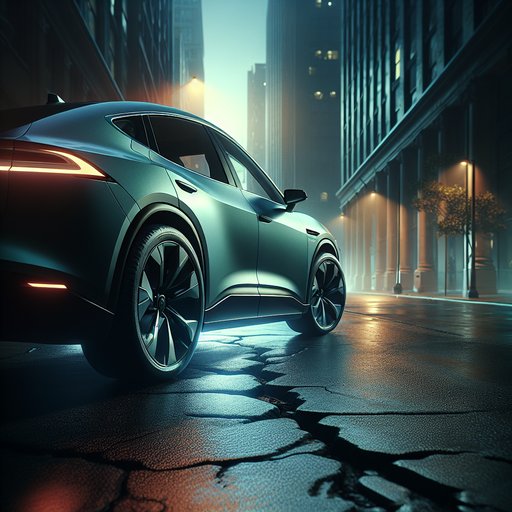
We spent a week in the 2025 Toyota Camry Hybrid SE (18-inch wheels) to scrutinize secondary ride on broken pavement, wheel impact harshness, and suspension noise across battered city streets and coarse highways.
Our test car is the front-drive Camry Hybrid SE, pairing a 2.5-liter Atkinson-cycle four with two motor-generators for a combined 225 hp. It rides on the TNGA-K platform with MacPherson struts up front and a multi-link rear, passive dampers, and 235/45R18 all-season tires. Curb weight is roughly 3,500 lb. Compared with the LE’s 17-inch setup, the SE gets firmer damper/SPR rates and lower-profile tires.
Testing covered 210 miles over cracked asphalt, patched concrete, expansion joints, and coarse chip seal. Tires were set to placard pressures (35 psi cold), ambient temps ranged 59–76°F, with two occupants and 60 lb of cargo. We ran repeat passes at 20–30 mph over potholes/manhole covers, 35–45 mph on fractured city arterials, and 65–75 mph on worn interstate. A handheld sound meter provided cabin readings.
Secondary ride over broken pavement is well-controlled for the class. At 30–40 mph on rippled, patchy surfaces, the Camry shows modest high-frequency patter through the seat base and steering column, but the body remains settled with minimal aftershake. The dampers absorb small-amplitude chatter without the float or bobbing you get in softer-tuned sedans. The SE’s firmer calibration brings a touch more texture than an LE, yet the suspension doesn’t get busy; there’s a single, quick movement and it’s done.
On washboard concrete, the front end stays composed, and the rear tracks neatly without hop. Wheel impact harshness over sharp edges is impressively rounded for an 18-inch package. Striking a recessed manhole cover at 22 mph yields a muted thud rather than a crack; the front hit is well-filtered and the rear follows with slightly more firmness but no slap. Deep potholes at 25 mph do send a firm thunk through the cabin, though the steering remains calm and there’s little kickback.
Cold tires increased sharpness slightly on morning runs; dropping pressures below placard softened hits but added tire squirm and is not recommended. If your routes are truly cratered, the LE’s 17s and taller sidewalls will buy you a clearer cushion. Suspension noise is low and well-isolated. Over big compressions there’s a damped, rubbery thud without metallic knock or top-mount clatter.
Across a series of expansion joints at 70 mph, the structure feels tight; no dash buzzes or door-seal squeaks emerged. The rear can produce a faint hollow boom on full-travel events, likely from the tire cavity and rear wheelhouse, but it’s brief. Cabin sound measured 67–68 dBA at 70 mph on smooth asphalt, 71–72 dBA on coarse chip seal; tire roar dominates over any suspension clunking. Overall, the Camry Hybrid SE balances control and comfort better than most midsize sedans on similar wheel sizes.
For maximum plushness and the quietest small-bump ride, opt for LE with 17-inch wheels and a comfort-biased all-season. If you like tighter body control without undue harshness, the SE is the sweet spot; avoid 19s if your daily commute includes broken pavement.












